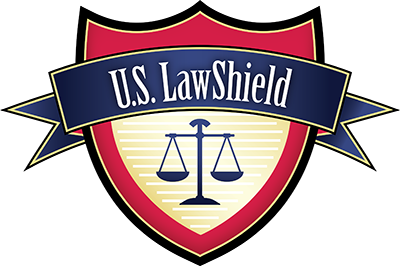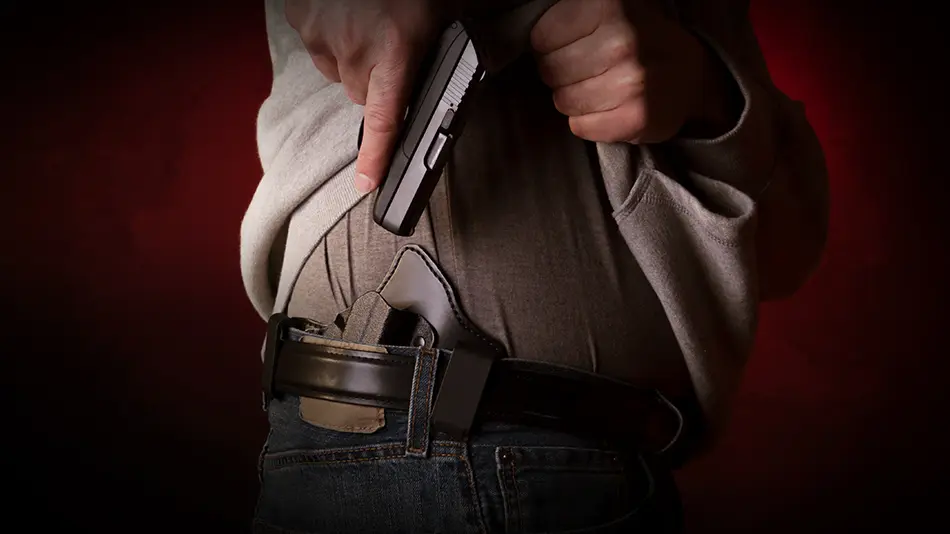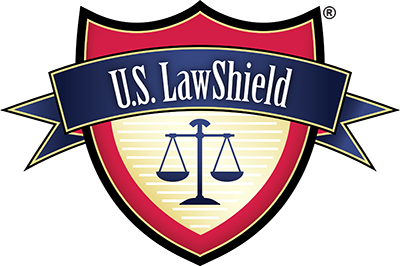
We get asked all the time, "How does the law in Texas apply to a Road Rage situation?" We asked Michele Byington, an attorney at the law firm of Walker & Byington, to give us her analysis based on a fact scenario to see how it would play out.
Facts:
Matt is on his way home from work, and it’s been a typical Monday at the office. He’s exhausted and looking forward to relaxing for the remainder of the evening with his family.
While entering the on-ramp to the freeway, Matt sees in the rear view mirror an erratic driver coming up from behind weaving in and out of traffic. The driver speeds up only to slam on his brakes to avoid hitting the car in front of him. The driver uses the shoulder to pass other motorists. In an effort to avoid the maniac, Matt slows down. The driver jerks into the left passing lane. Staying in the right-hand lane, Matt slows down even more. The driver cuts off Matt almost hitting the front of his vehicle. The driver slams on his brakes coming nearly to a stop. To avoid rear ending him, Matt swerves into the right shoulder. The driver swerves into the right shoulder as well. Matt thinks, “Is he messin’ with me?” Matt slowly veers back into the right-hand lane of traffic, and sure enough, the driver jerks in front of him AGAIN! Trying to escape the situation, Matt puts on his blinker, and pulls off into a gas station on the feeder road. The maniac quickly exits as well, and follows Matt to the gas station parking lot.
Matt grabs his cell phone to call 911, reports the road rage and that he has been followed to the parking lot. There is movement in the other vehicle. Fearing for his safety, he grabs his concealed handgun from the center console and puts it on the windshield’s dash as a warning to the other driver. Matt’s purpose is to deter the driver from exiting his vehicle since the last thing he wants is any further confrontation. Neither party exists their vehicle as they sit and stare at each other.
When the police arrive, Matt quickly puts the handgun back into the center console as not to pose any threat to a responding police officer. After all, Matt doesn’t want the police to think he was the aggressor! He exits the vehicle and locks the doors. The police notify Matt that once they finish speaking with the other driver, he will have the opportunity to tell them his side of the story. After a few minutes, an officer approaches and states, “Ok bud, tell me what happened.” Matt tells the story from start to finish leaving out no details including that he put his handgun on the dashboard because he “didn’t know what the other driver was going to do!” The officer responds with, “That’s what I needed to know. Please turn around and put your hands behind your back. You are being arrested for Aggravated Assault.”
Texas Road Rage Law:
Aggravated Assault with a Deadly Weapon: A person commits an offense if the person intentionally or knowingly threatens another with imminent bodily injury and uses or exhibits a deadly weapon during the commission of the assault. Texas Penal Code Section 22.02.
Legal Analysis Breakdown:
- Did Matt intentionally or knowingly act?
Yes. It is fair to say that Matt knew exactly what he was doing when he consciously took his handgun from the center console and placed it on the dash.
- Did Matt threaten another with imminent bodily harm?
Yes. Since the other driver saw the handgun placed on Matt’s dash, he probably told the police officer that it put him in fear of being shot.
- Did he exhibit a deadly weapon during the assault?
Yes. Matt placed the handgun in plain view by setting it on the dashboard so that the other driver would see it.
Things don’t look so good for Matt, do they?
- Does he have a chance in court?
Maybe.
What is our argument?
If I were representing Matt, I would lean very heavily on Texas Penal Code section 9.04. That justification statute states “…a threat to cause death or serious injury by the production of a weapon or otherwise, as long as the actor’s purpose is limited to creating an apprehension that he will use deadly force if necessary, does not constitute the use of deadly force.”
What does that mean in plain English? A person who threatens another by the display of a handgun is considered to have used force as long as it was done to scare the other person to get them to stop their unlawful use of force. Further, Texas allows a person to use force to defend themselves anytime they reasonably believe it is immediately necessary due to the danger of bodily injury; i.e., the aggressive driver’s unlawful force. It is an act to deter and nothing else. Let’s put this law to the test with the facts at hand.
Matt was minding his own business trying to make it home after a long day at work. All of a sudden, an erratic driver comes upon him. In an effort to avoid the entire situation, he pulls over and is followed. My argument would be that Matt was in reasonable fear that this mad man was going to get out of his car and either attempt to enter Matt’s vehicle or at a minimum hurt him. Therefore, when Matt put his handgun on the dash, it was in order to deter or create apprehension in the other driver to prevent him from exiting his vehicle. This is a guy who trouble came looking for him not vice versa.
What do you think? Do you buy this argument?
Unfortunately, a jury gets to hear from both the defense attorney, AND a prosecutor. A prosecutor is going to hound that Matt absolutely committed an aggravated assault without any justification because the threat of force or potentially deadly force was not imminent. Remember, in order to be legally justified in using force or deadly force there must be an imminent threat. A prosecutor is going to attempt to capitalize on the other driver being in his own vehicle and Matt in a two-ton metallic safety box of a vehicle, and thus there is no imminent threat.
Keep in mind that the aggressive driver is going to have a chance to tell his version of the story too; and since there was no cell phone video, surveillance video in the parking lot, or independent witnesses, it is Matt’s word versus his. We’ve seen cases go to trial on literally nothing more than “he-said-she-said” evidence, so don’t think that just because there are no other witnesses and it’s a battle of credibility that it’s an automatic get-out-of-jail free card.
Who decides whether Matt goes to jail or not?
A police officer may arrest an individual if they have probable cause that a crime has been committed. The crux of the issue is whether or not Matt acted “reasonably.” Reasonable minds can differ. I speak all over the state, and even Texas Law Shield members disagree on whether Matt acted reasonably. It is safe to say that most Texas Law Shield members are somewhat like-minded. Ultimately, the jurors (12 random people, with differing backgrounds and views on gun ownership) will decide whether Matt acted reasonably. Sometimes, taking a case to trial really is a coin flip with your life. With Matt’s case, I think a jury could go either way.
- What would have made this a slam dunk of a case?
In order for this to be an absolute slam dunk case for Matt, a few things would definitely help. For example, if the driver attempted to get into Matt’s vehicle – a castle doctrine scenario – a person is given the presumption of reasonableness. If that were to happen, Matt would walk into the courtroom already reasonable. Another thing that would make life easier is if the aggressive driver exited his vehicle and displayed a deadly weapon, which would cause Matt to pull his handgun in response. If one of these facts isn’t present, there is no clear win to this scenario.
Finally, it would have been helpful if he had called his attorney before talking to the police! We’ve seen people, while they’re trying to talk themselves out of an arrest, talk themselves into a felony charge. The police are at the scene to gather evidence, and are not judges who decide who was right or wrong. Since your freedom and rights are at risk depending on what you tell the officer, it may be a good idea to call your Texas Law Shield emergency hotline to get advice from an attorney!
The information provided in this publication is intended to provide general information to individuals and is not legal advice. The information included in this publication may not be quoted or referred to in any other publication without the prior written consent of U.S. LawShield, to be given or withheld at our discretion. The information is not a substitute for, and does not replace the advice or representation of a licensed attorney. We strive to ensure the information included in this publication is accurate and current, however, no claim is made to the accuracy of the information and we are not responsible for any consequences that may result from the use of information in this publication. The use of this publication does not create an attorney-client relationship between U.S. LawShield, any independent program attorney, and any individual.




